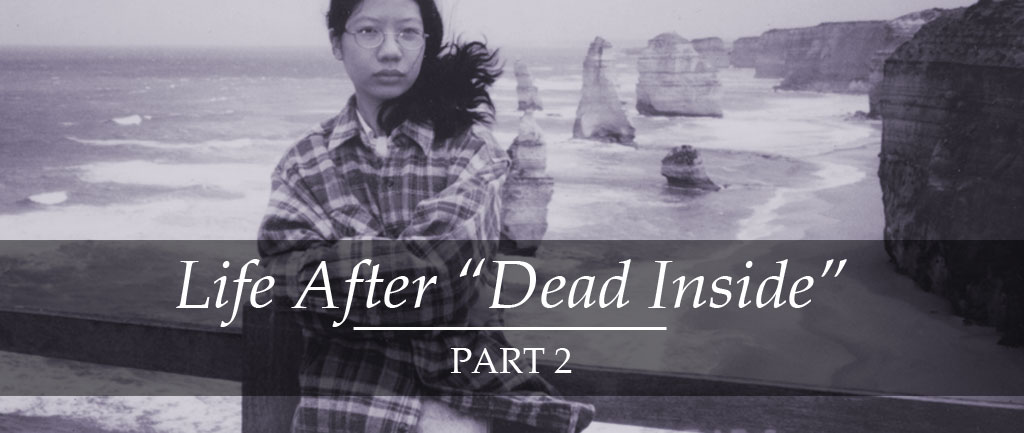
If you need it, here’s Life After “Dead Inside” (Part 1). And now, some tweets:
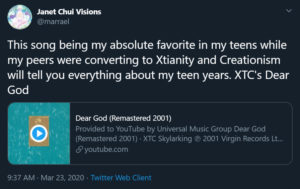
Here’s that video/music link:
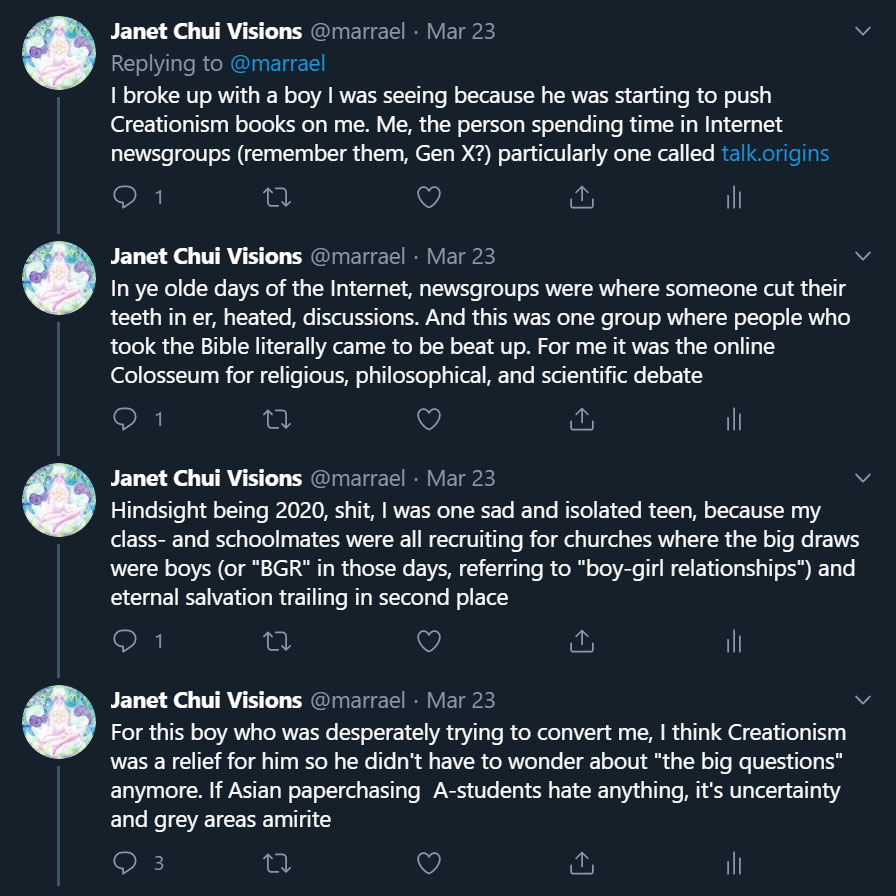
He who begins by loving Christianity more than Truth, will proceed by loving his sect or church better than Christianity, and end in loving himself better than all.
Samuel Taylor Coleridge
On one wallet exchange, I still remember how one classmate got excited when she saw the card, then reading it, she looked confused, then mad. IIRC our interactions ended on that note.
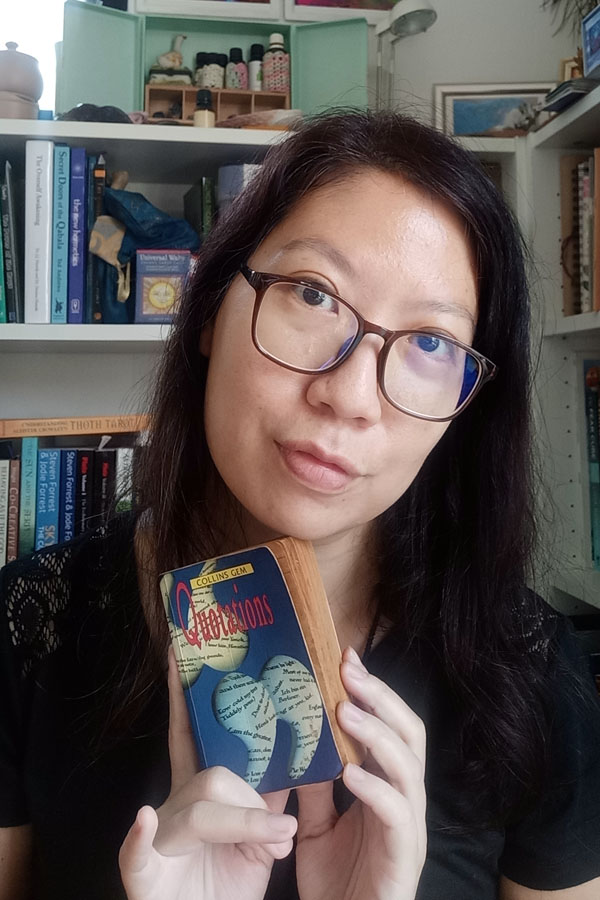
Where could someone get edgy quotations before the Internet? From tiny books. (This yellowed thing has been with me since I was 14, and still bears dog ears and pencil marks. I also used it for hunting down full, original works that looked interesting. What a nerd, yeesh.)
Janet: The Edgelord Years
I mentioned dating edgelord types during my college years in the last post. I was also one. (An Edgelady? Edgemiss? Edgewench? Edgefrau?) I didn’t set out to be offensive, but I’d read so widely and critically by my mid- and late teens that I stuck out for being darkly cynical and unapologetically atheist. (Edgeworker? Edgeofficer? Edgetrooper?)
Against my junior college classmates (age 17-18), I vehemently disagreed that morality came from religion (and it doesn’t) and was often the sinful sole miscreant defending premarital sex and cohabitation, divorce (!!!) and euthanasia. (This was mid-1990s. This is still taboo today for some people, which lead to me ranting here.)
I was so annoying that I carried Quantum Physics and Bertrand Russell books to and from classes, and even read them. (Though a lot slower than I devoured fantasy novels. If I still had friends, it was because of fantasy novels. That may still be true today.)
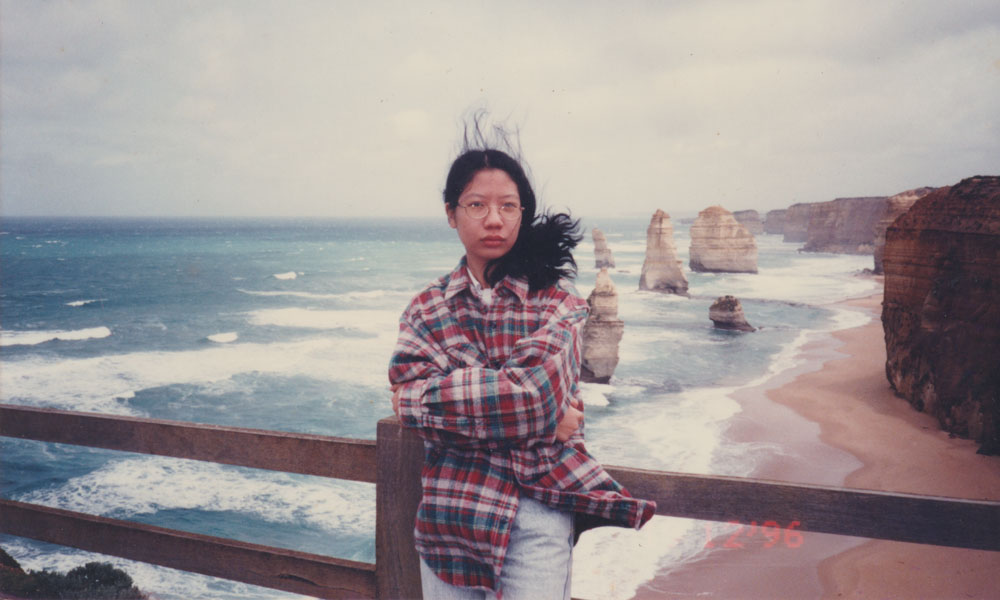
1996, in Australia. It was the grunge era.
Rocks and Hard Places
I learned young to to despise femininity, emotion, faith, and frivolity. This learning isolated me innumerable ways. It was safer not to care about anything too much in case someone would say it was stupid. It was simply easier to be numb or mean.
Hardening against the world was a survival tactic, and probably the only one that worked in the circumstances in which I grew up. Feeling safe is having somewhere soft to land. I didn’t have that. Emotions, especially negatives ones, were never validated, but denied, dismissed, or brought danger. If I showed sadness, disappointment, or anxiety, this usually lead to a host of negative consequences instead of being acknowledged, constructively channeled, or regulated. The only “allowed” negative emotion was anger, because it was not soft. And if I was angry because I was smart(er) than others, that was allowed. In fact it was encouraged, because it made me superior and “not like other girls“.
I think this is how edgelords are created, in toxic and hyper-misogynistic environments in which everything feeling and feminine is hated. Instead of learning how to handle uncomfortable emotions, denying emotion is chosen over admitting to “weakness”. Then those others who are allowed their emotions and given safety for them (women and children usually) are mocked and deprecated. Comparisons are used as insults.
I’m writing this down rather dispassionately now. It was however, hell to live through. There was very little comfort, even in fantasy books, because those were definitely frivolous and feminine (soft!), and I “balanced” them as best as I could with science fiction and male authors. (Again, misogyny, toxicity and criticism seeped into me as much as I tried to avoid or negotiate with it.)
Rejection as Protection
It was easy for me to reject God then, because there was simply no proof for His existence, and if He did exist, He was a shitty God for creating this world of misery and suffering. Why, then, would I want to owe him any allegiance, much less worship? The religions around me offered fixed and closed ways of relating to higher powers and they simply did not appeal. Besides, belief was for the weak and feeble-minded and did not cleave to reductive materialism.
I emphasise, this was what was safe for me. It was a coping tactic, a survival mechanism: One couldn’t be abandoned or disappointed if one just didn’t rely on anything for safety or comfort.
Or as Andy Partridge rages at the end of the song linked above:
I won’t believe in heaven or hell
No saints, no sinners, no devil as well
No pearly gates, no thorny crown
You’re always letting us humans down
The wars you bring, the babes you drown
Those lost at sea and never found
And it’s the same the whole world ’round
The hurt I see helps to compound
The Father, Son and Holy Ghost
Is just somebody’s unholy hoax
And if you’re up there you’ll perceive
That my heart’s here upon my sleeve
If there’s one thing I don’t believe inIt’s you
Dear God
Continue Reading: Life After “Dead Inside” Part 3
